Venus Missions? Interstellar Probes? Here Are 18 Wild Space Tech Ideas NASA Is Looking At
These early stage projects could change how we explore the universe.

Lunar ice mining, smart spacesuits, "solar surfing" spacecraft and advanced exoplanet finders are a few of the early stage space technologies whose research NASA has chosen to help fund this year.
Through the NASA Innovative Advanced Concepts (NIAC) program, the agency has offered funds to 18 project proposals. The projects are aimed to design and test technology concepts for potential future NASA missions.
"Our NIAC program nurtures visionary ideas that could transform future NASA missions by investing in revolutionary technologies," Jim Reuter, acting associate administrator of NASA's Space Technology Mission Directorate, said in a statement. "We look to America's innovators to help us push the boundaries of space exploration with new technology."
The program includes Phase I and Phase II awards. Phase I winners receive approximately $125,000 over nine months for initial validation of their concepts. If successful, Phase I awardees can apply for Phase II awards, during which they can refine their designs with additional funding. Starting this summer, NIAC will also select one idea for a Phase III research study, according to the statement.
The following 18 projects have been selected for either Phase I or Phase II awards.
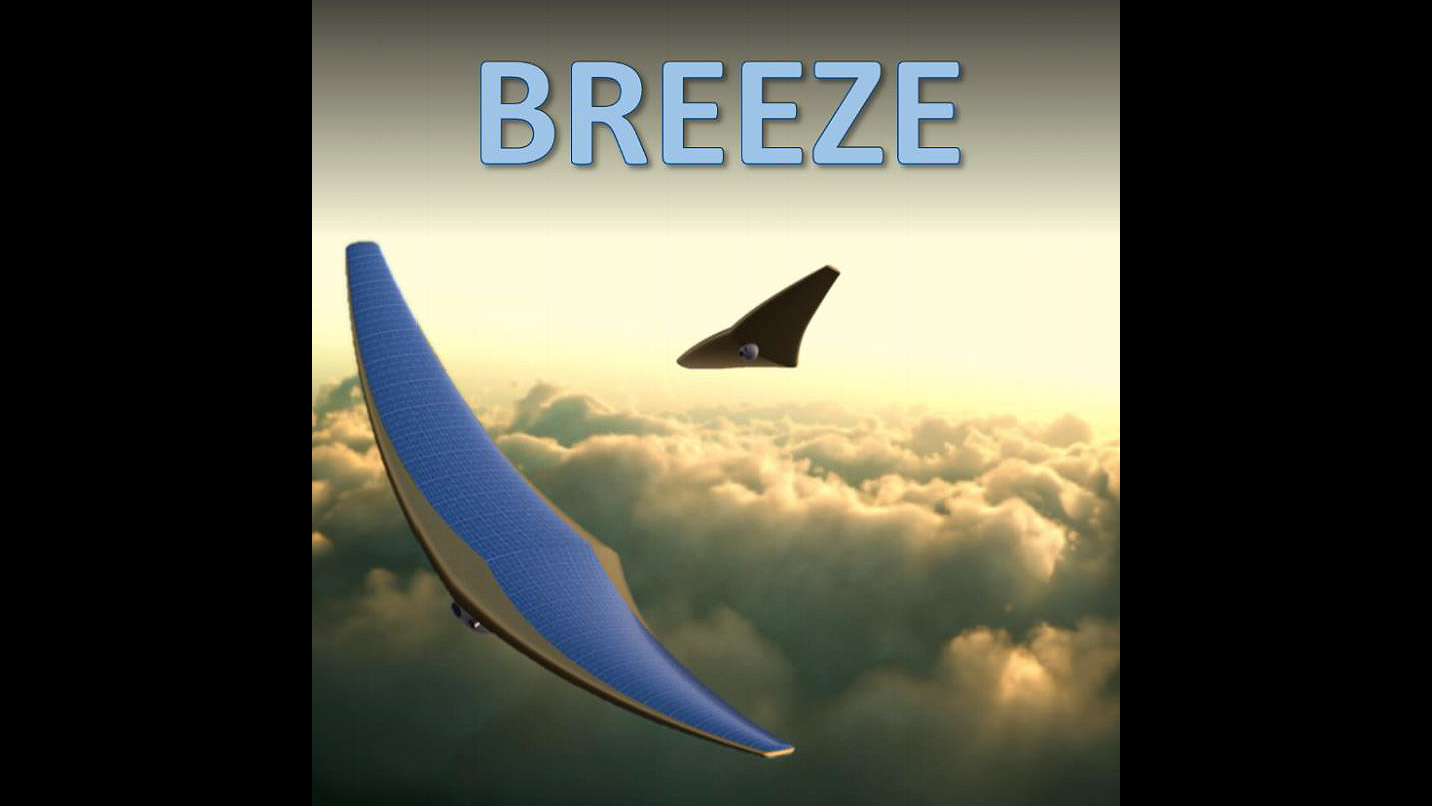
Exploring Venus
The Bio-inspired Ray for Extreme Environments and Zonal Exploration (BREEZE) is designed to explore the atmosphere of Venus in greater detail. With a design that combines inflatable structures with bio-inspired kinematics, researchers have created a model for an efficient flyer that can observe beneath the clouds of Venus.
The design increases flight efficiency using tensioning cables, which help control the rise and fall of the flyer. BREEZE will also be equipped with solar panels, allowing it to recharge in flight. In addition to surveying Venus, BREEZE can be applied to other celestial bodies that have dense atmospheres, such as Titan or even Earth.
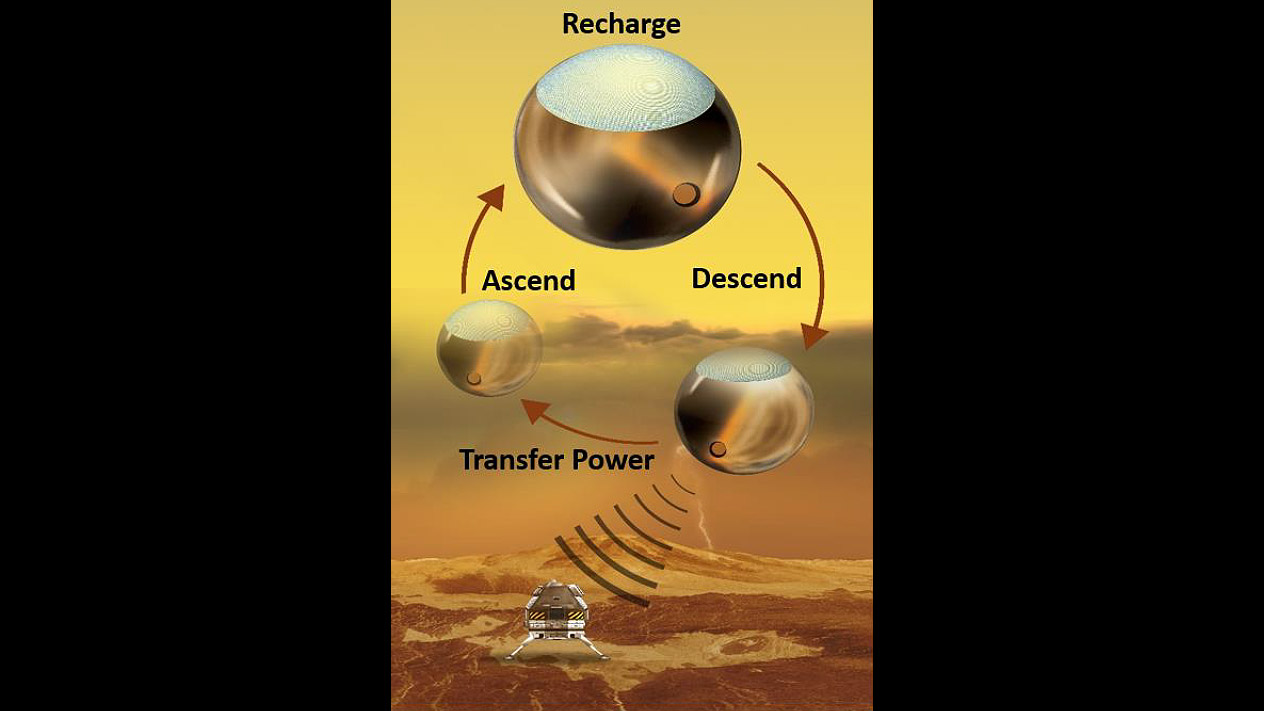
Venus surface missions
The Venus lander concept consists of a dual-vehicle architecture that would help fuel long-duration surface missions. This concept includes a floating spacecraft that will collect energy from Venus' atmosphere and then "beam" that energy to a lander on the surface of the planet.
This concept relies on power beaming, also known as wireless energy transfer, for transmitting electrical energy from the atmospheric platform, through the planet's carbon dioxide atmosphere to a receiver on the lander. This technology would help extend missions to Venus's surface by supplying the lander with a constant source of energy.
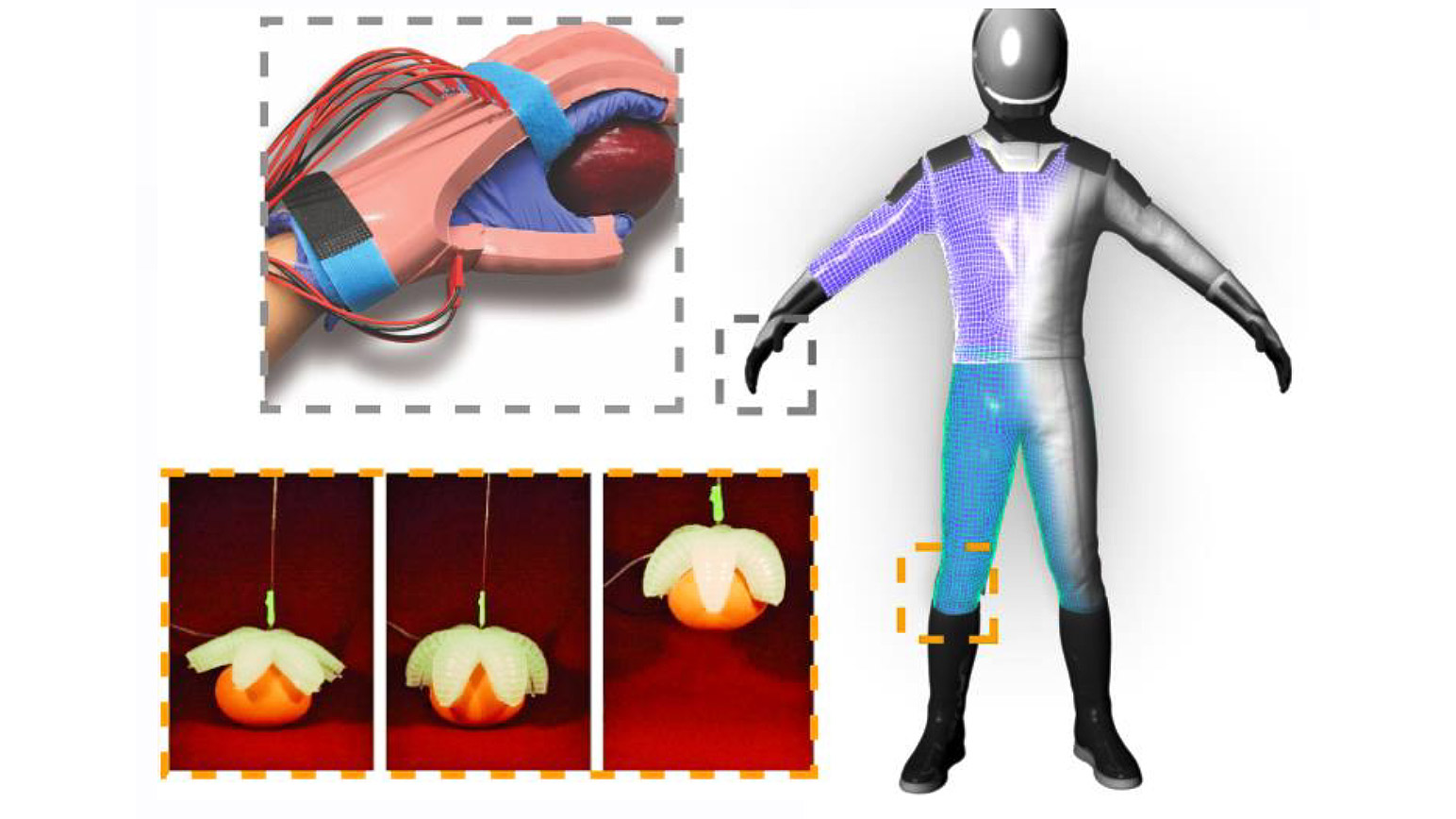
SmartSuit
Texas A&M University engineers have developed a model for a new type of spacesuit, which they've dubbed SmartSuit. This new spacesuit design will improve motion and dexterity for extravehicular activity on Mars and other planetary environments.
The SmartSuit will be gas-pressurized and incorporate soft-robotics technology, offering astronauts more mobility so they can more easily interact with their surroundings. In addition, the SmartSuit will have sensors and a stretchable, self-healing skin that will double as a screen to provide visual feedback to the wearer about their surroundings.
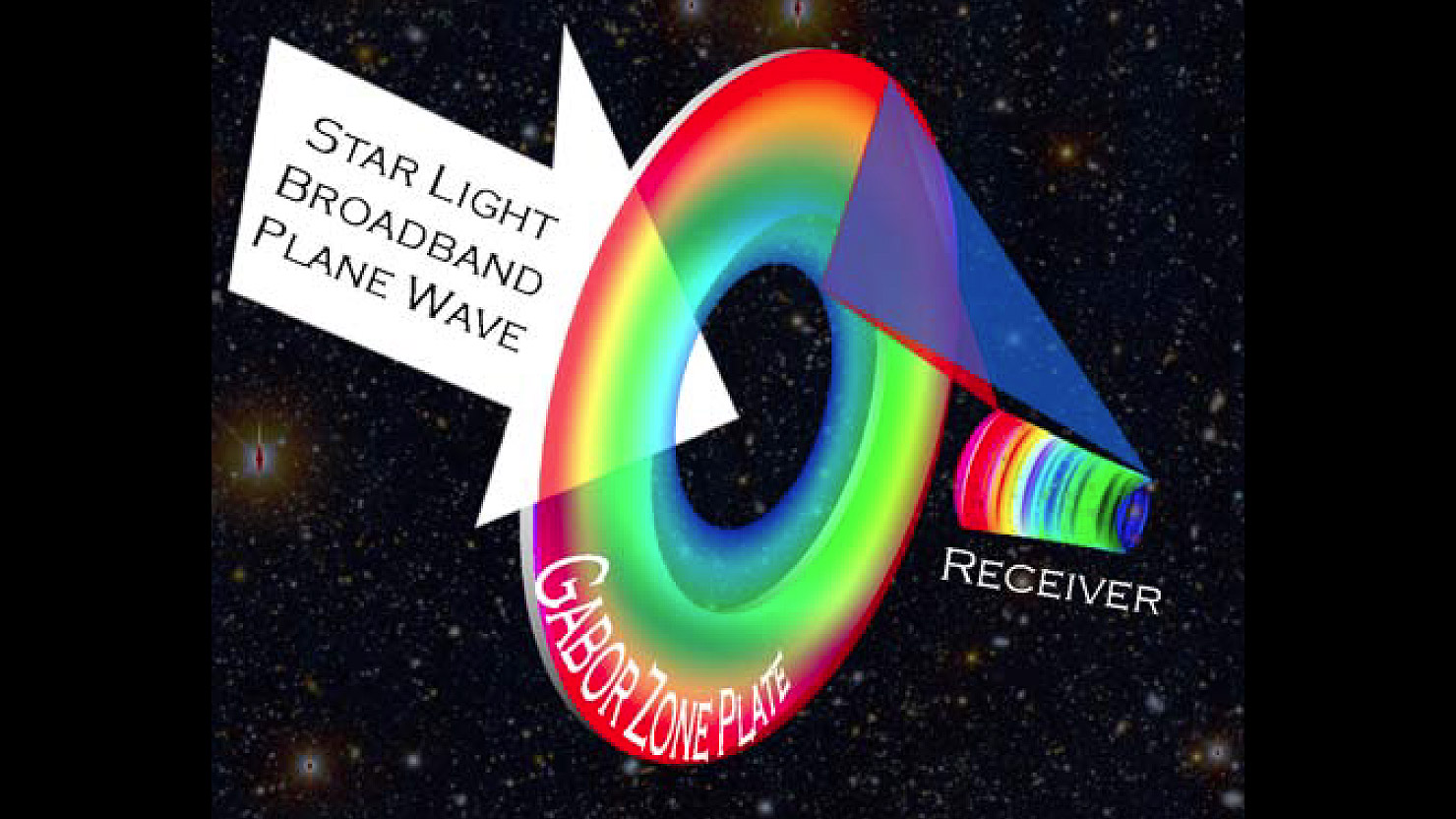
Exoplanet detection
The Dual Use Exoplanet Telescope (DUET) is designed to improve exoplanet detection with four times the collection area and twice the diameter of the largest planned ground telescopes. In addition, DUET will be able to detect exoplanets indirectly using radial velocity and astrometry techniques, which rely on detecting a star's wiggles as planets circle it, as well as directly, by meauring the wavelengths of light released from the star, NASA officials said.
DUET will be able to detect exoplanets directly by using the different wavelengths of a planet and its parent star as a function of the distances between them.
"This is made possible by using a dual dispersion technique first studied by [Isaac] Newton in his famous prism experiment," according to the NASA project description. "In this telescope, wavelength is proportional to the distance of an exoplanet from its parent star."
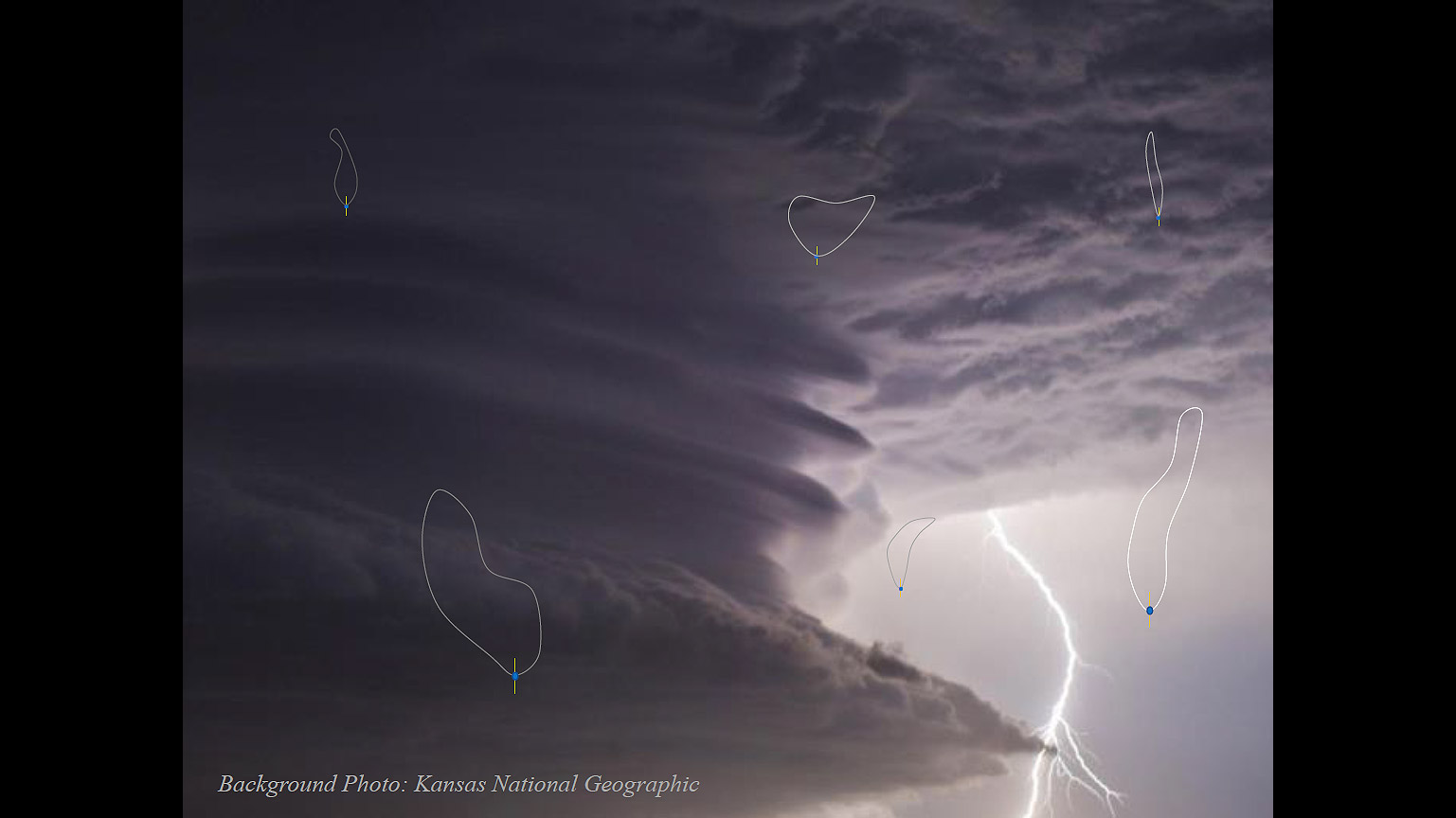
Atmospheric-sensing microprobes
Researchers from West Virginia University have proposed using microprobes to study planetary atmospheres. A small "payload pod" will hang from a roughly 200-meter-long (660 feet) loop, which will provide atmospheric drag and electrostatic lifts. The microprobes will also have two electric booms that will sense electric charge in the atmosphere and harvest a small amount of electricity for powering the probe, according to NASA.
The harvested electricity will be stored in the payload pod, which will also be equipped with a conversion device, an actuator for replenishing and regulating the static electric charge on the string loop, an integrated microprocessor, a radio, and sensors.
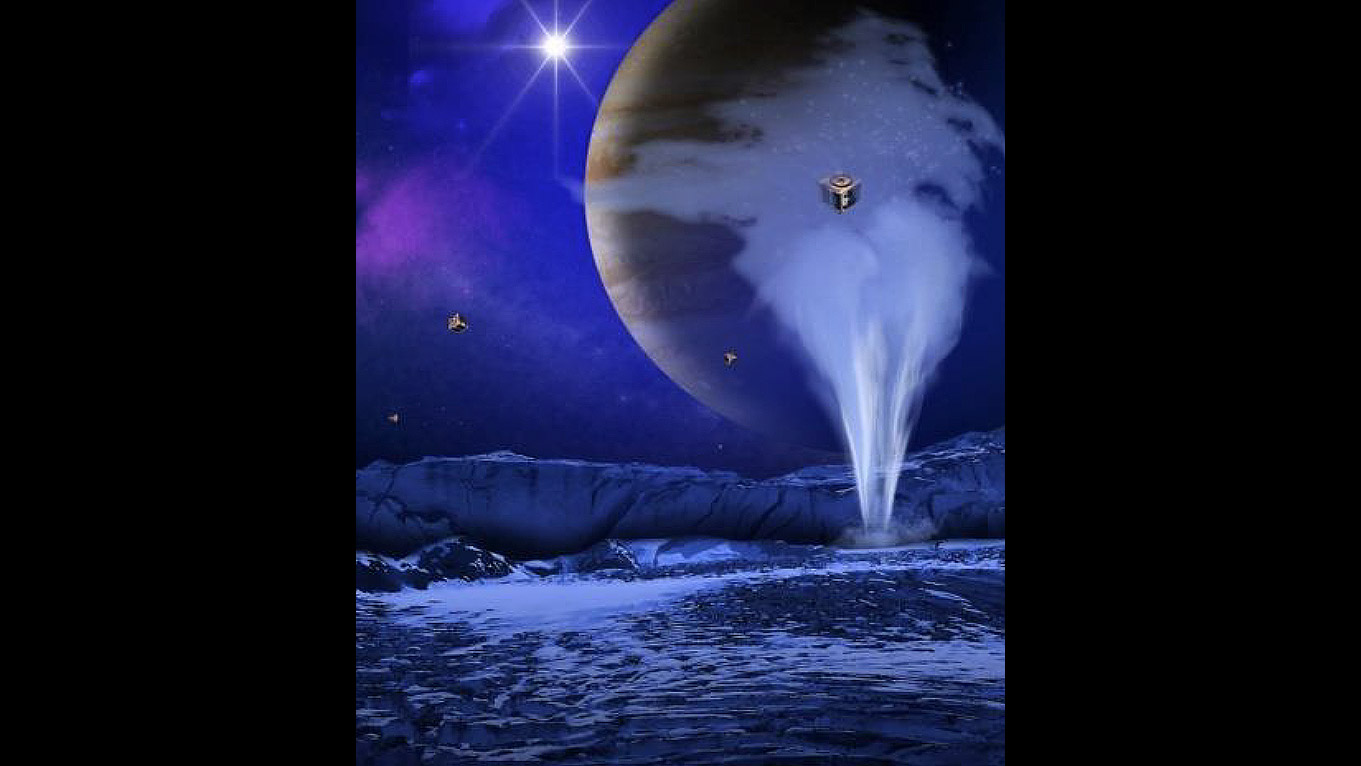
Deep-space exploration
The Swarm-Probe Enabling ATEG Reactor (SPEAR) is designed to be a lightweight, cost-efficient nuclear-electric-propulsion spacecraft. It uses a reactor moderator and advanced thermoelectric generators (ATEGs) to greatly reduce overall core mass.
By reducing the mass of the reactor, astronomers hope to launch missions deeper into space. One area of interest is Jupiter's moon Europa, which may contain traces of extraterrestrial life deep beneath its icy crust. Subsurface water on Europa sometimes bursts through that crust and into space, creating a large water plume. Using the SPEAR technology, astronomers could power smaller spacecraft to fly through these plumes and search for evidence of life.
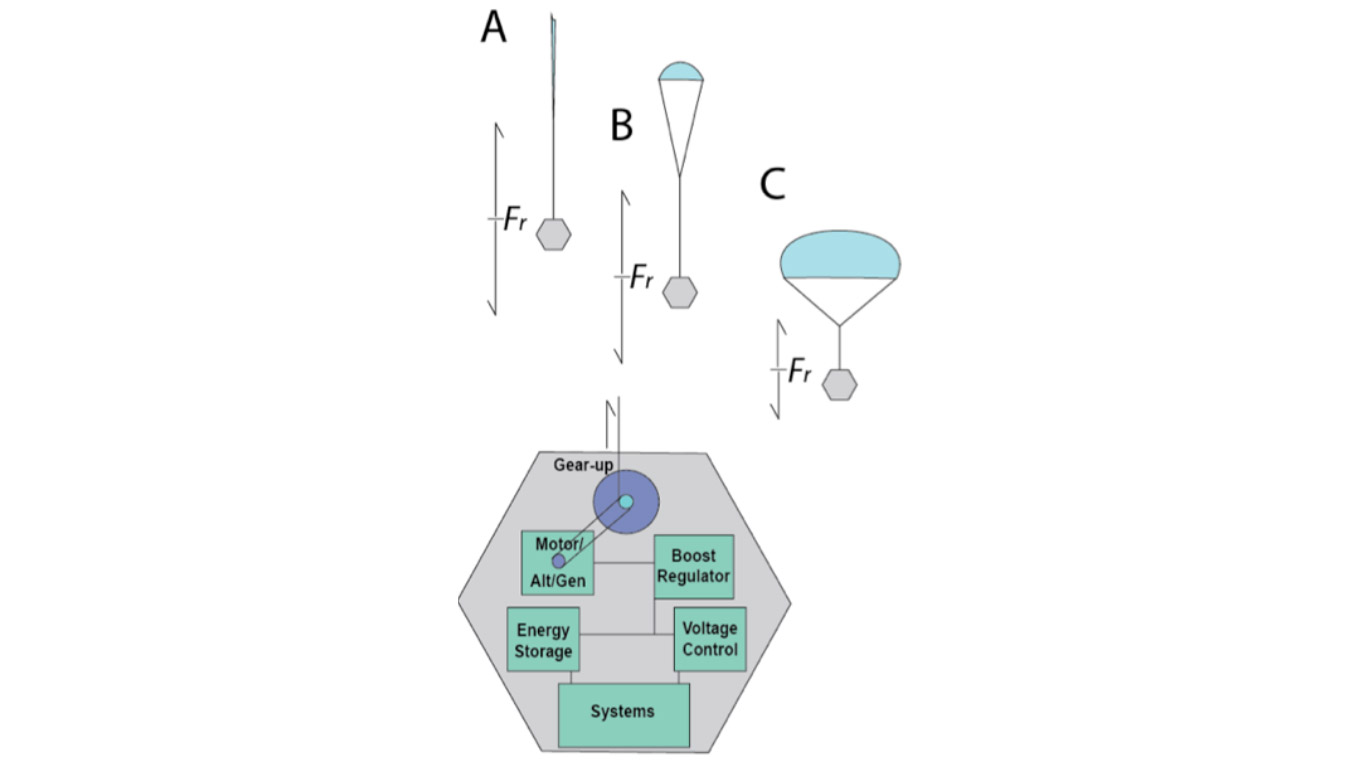
Rip-cord power system
Landing a probe on a planet's surface can be difficult. Solar power is not always available, and alternative power sources can be expensive, risky or too complex. Instead, the Ripcord Innovative Power System (RIPS) will use a rip-cord-unspooling power system to land probes on planets that have dense atmospheres.
"Unspooling power systems take advantage of dense atmospheres, utilizing drag forces or buoyant forces to generate electrical power, and in some mission profiles, have significant net advantages in mass, cost, power, total energy and complexity over conventional sources," according to the NASA project description.
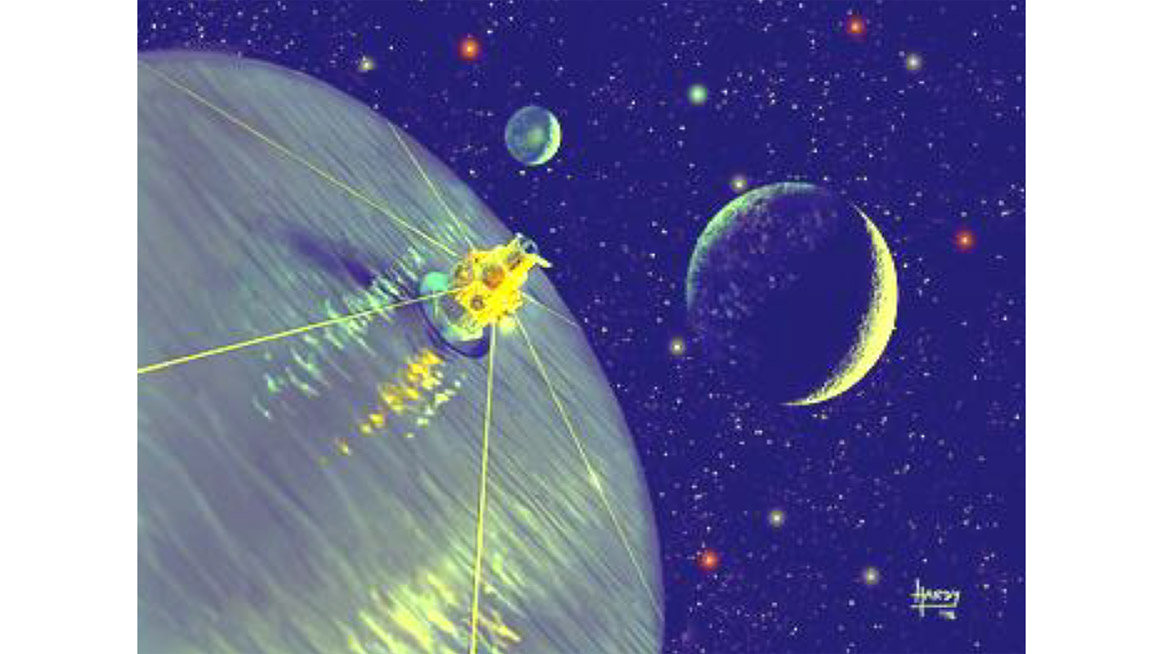
Interstellar probe
Astronomers from NASA's Glenn Research Center in Ohio want to fly ultraminiature probes to a nearby exoplanet. A new probe of this type is expected to weigh only a few milligrams, so it will have far less mass than any current power system. The probe would harvest "power from the motion of the spacecraft as it passes through the target system's ambient environment," according to the NASA project proposal.
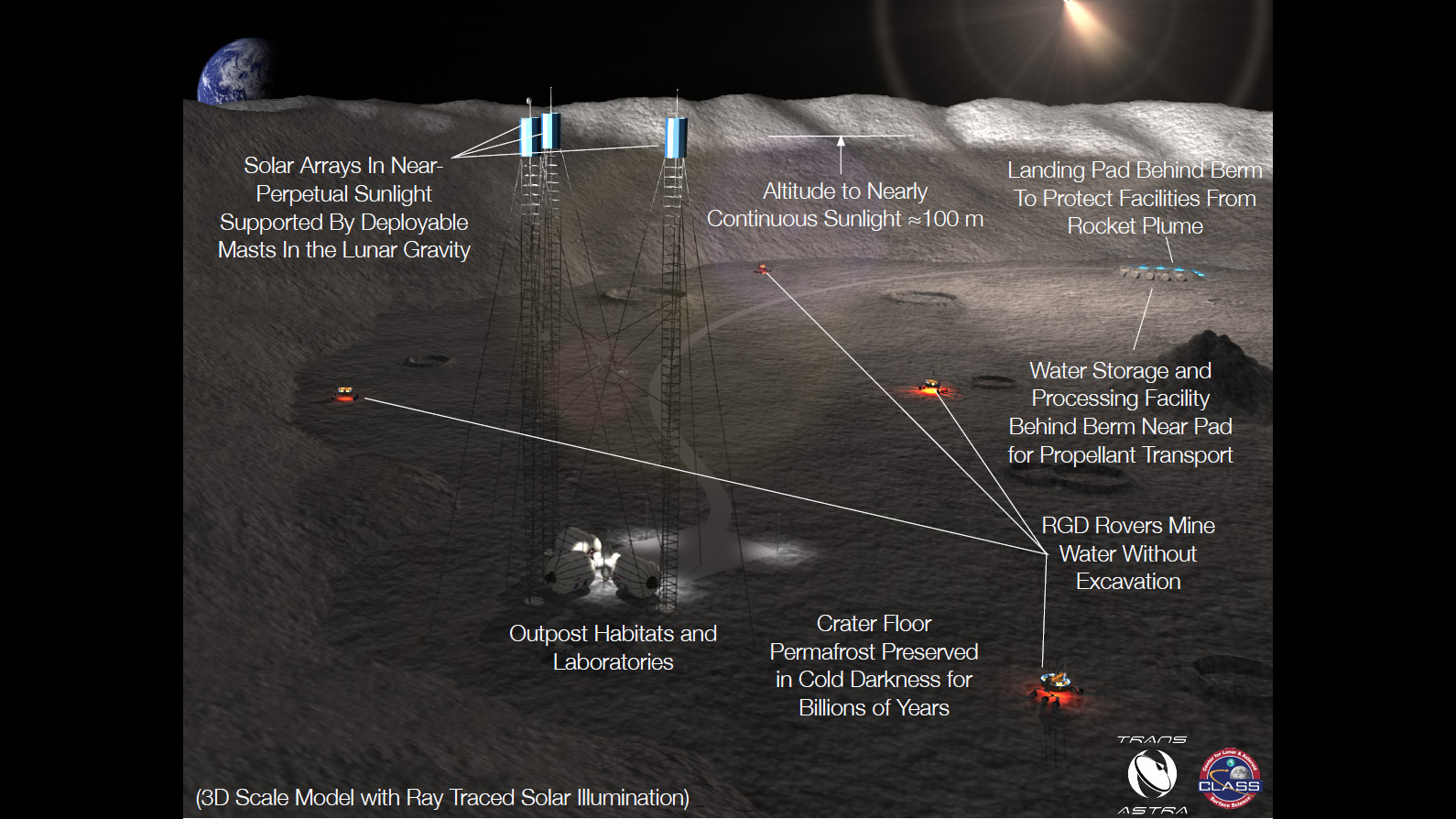
Mining on the moon
With the Lunar Polar Gas-Dynamic Mining Outpost (LGMO), researchers plan to mine lunar polar ice for propellant production and, in turn, reduce the cost of human exploration and industrialization of the moon.
The project's team has identified several large landing areas near polar craters on the moon. While these craters are covered in permafrost and completely shadowed by darkness, the surrounding areas experiences perpetual sunlight, which could be harvested using solar arrays. That energy could then be used to provide nearly continuous power to the lunar ice-mining outpost.
The LGMO also includes radiant gas dynamic (RGD) mining. Rather than mechanical digging and excavation, RGD mining would be able to extract resources from lunar soil, called regolith by heating the permafrost surface. Long-duration electric-powered rovers equipped with the RGD technology would harvest water and then store it before returning to base.
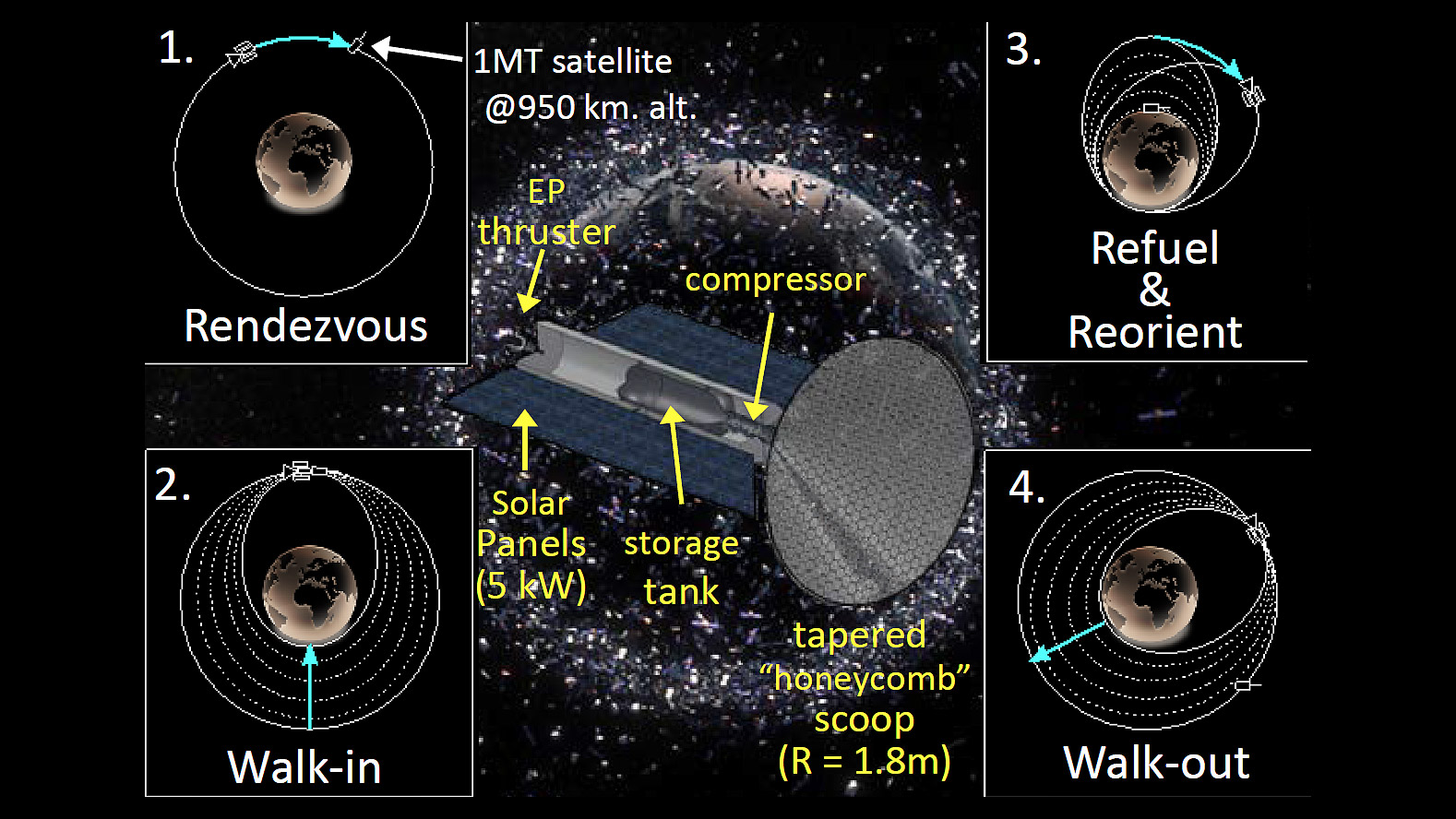
Removing space debris
The Crosscutting High Apogee Refueling Orbital Navigator (CHARON) concept seeks to remove space debris using a technique called active debris removal (ADR).
ADR involves repositioning some of the largest objects of debris into decaying orbits, orbits where the objects get closer and closer to burning up in the atmosphere, of less than 25 years. To accomplish this, CHARON will be a high-efficiency orbital vehicle fueled by low-density nitrogen and oxygen collected from low Earth orbit. Phase I of this project focuses on orbit calculations for the retrieval of the more massive pieces of space debris, according to NASA.
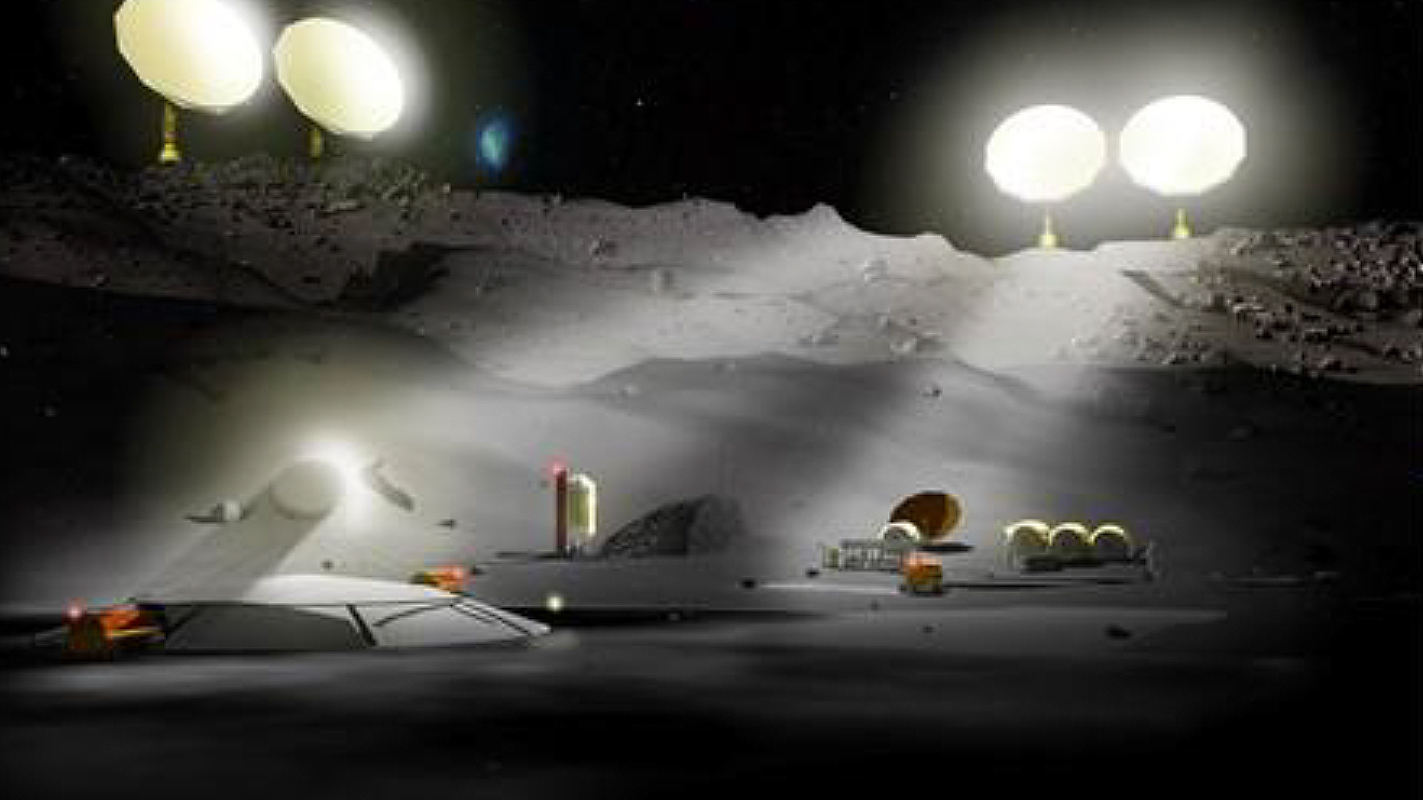
Thermal mining
Researchers from the Colorado School of Mines have developed a technique for thermal mining of ices on cold bodies in the solar system. Unlike other extraction techniques, thermal mining will use redirected sunlight to directly heat frozen surfaces or use conducting rods or heaters in boreholes to heat beneath the surface. This technique allows for the extraction of resources needed to make propellant without the cost, mass and complexity of excavation. The team is evaluating locations throughout the solar system where thermal mining might be applicable.
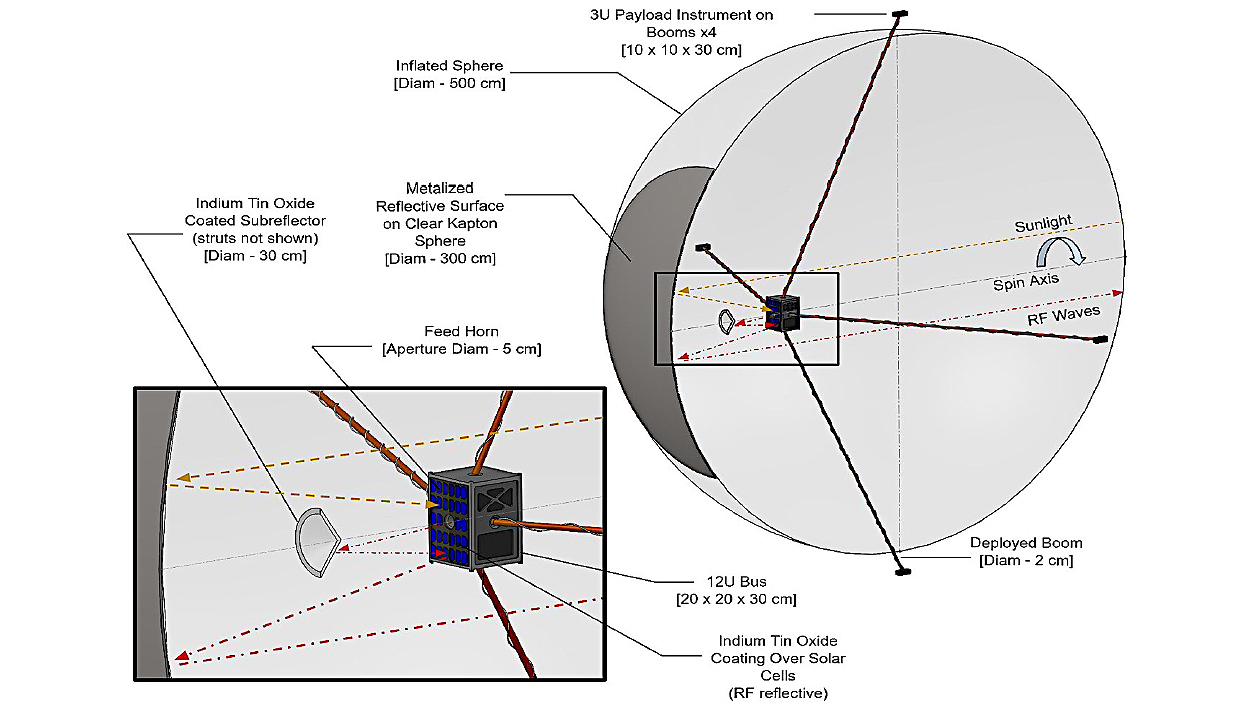
Small sats
Inspired by the cubesat, researchers from NASA's Jet Propulsion Laboratory have proposed plans for an even smaller low-cost instrument that could be used to explore the boundaries of the solar system. The team has proposed sending the instrument to the heliopause, the edge of where the sun's solar wind extends. There, the probe will help scientists better understand solar wind propagation.
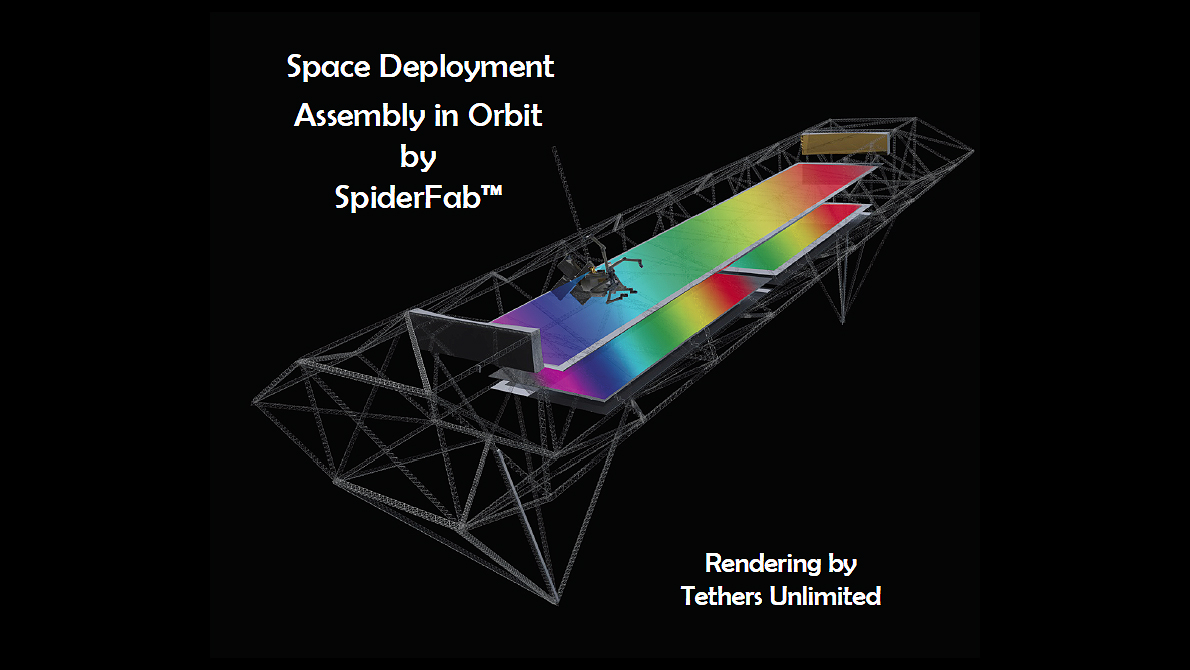
Advanced astronomical telescope
Compared to any prior astronomical telescope, The High Étendue Multiple Object Spectrographic Telescope (THE MOST) has more-advanced capabilities in aperture, collection area, field of view and spectrographic performance. It would also be compact and low cost. Additionally, THE MOST is well suited for space deployment as it has a flat membrane surface, which requires minimal mass, and is more tolerant of surface errors than mirrors. THE MOST has earned Phase II designation, so teams can begin building and testing a laboratory model.
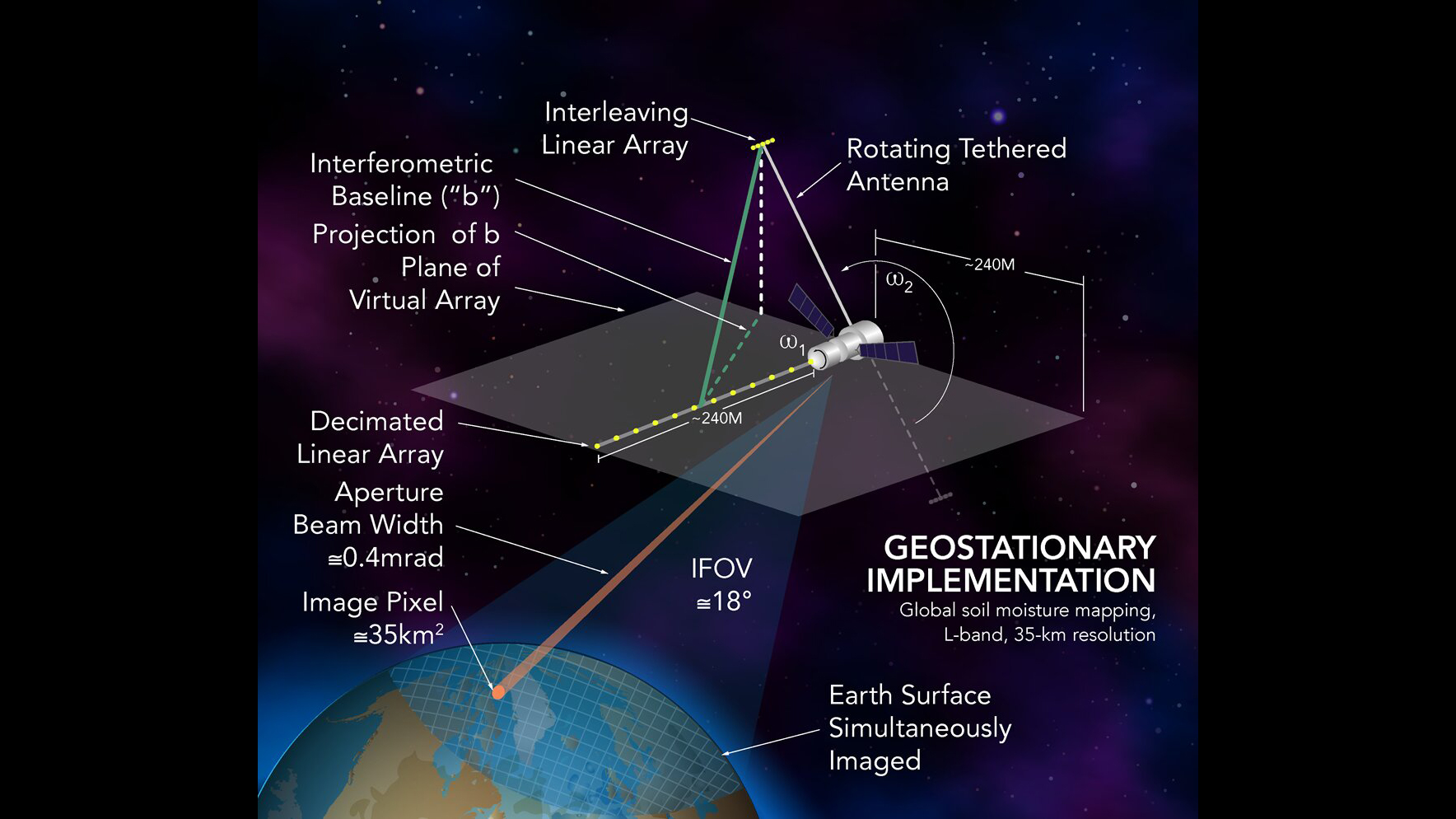
Rotary-Motion-Extended Array Synthesis (R-MXAS)
The Rotary-Motion-Extended Array Synthesis (R-MXAS) offers an innovative aerospace architecture for a synthetic aperture imaging radiometer, which can be used for high-resolution observation of Earth. Using a one-dimensional antenna array on a rigid tether, deployed parallel to the horizon, and one or more additional tethered antennas that rotate at a right angle to the 1D array, R-MXAS offers a lower size, weight and power needs than existing methods, NASA said.
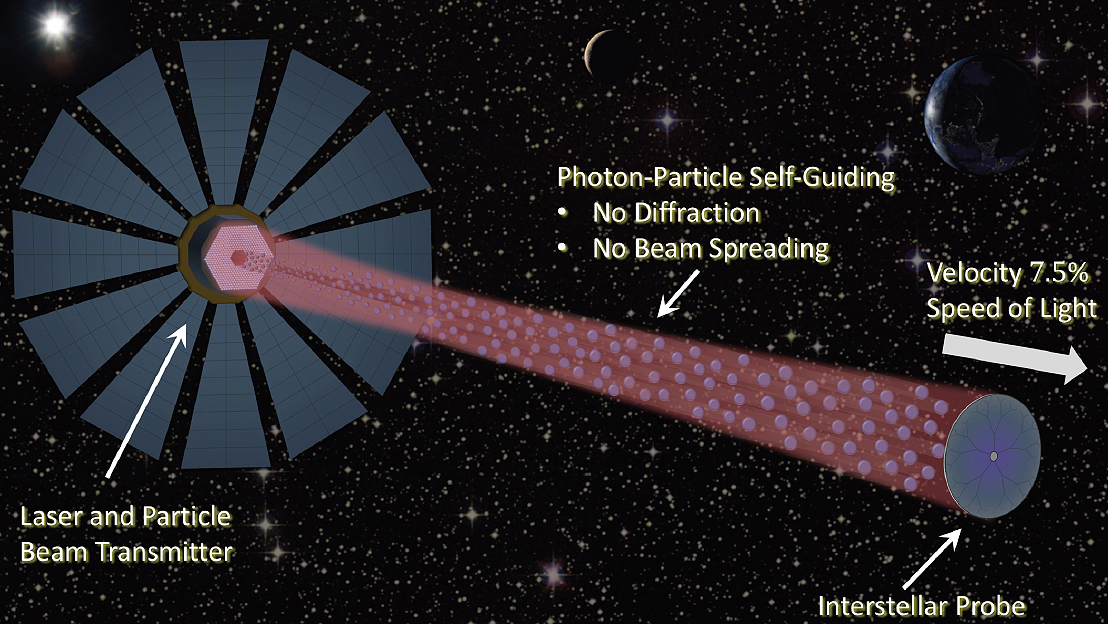
Self-guided beamed propulsion
Combining a neutral particle beam with a laser beam, researchers from the Texas A&M Engineering Experiment Station have developed a new propulsion system for long-distance missions, such as to the Kuiper Belt, Oort Cloud or nearby stellar systems.
The team's beamed propulsion architecture would enable interstellar missions to travel at nearly 10% the speed of light. The project has been selected for Phase II of NIAC. During this phase, the team will further develop its model and analyze the feasibility and design of momentum-transfer mechanisms to generate thrust for the spacecraft, according to NASA.

Solar neutrino detector
With this small neutrino detector, scientists aim to measure neutrinos while in close orbit of the sun. Researchers from Wichita State University in Kansas have developed a prototype that offers an advanced measurement technique and detector technology.
Solar neutrinos are produced by the nuclear reactions that power the sun. The new detector prototype is small and equipped with the proper shielding for the instrument to collect data in close solar orbit.

Diffractive light sails
The Phase II projects also include work on diffractive light sails, or solar sails, which draw power from sunlight to propel spaceships. Unlike regular solar power technology, the solar sails don't generate electricity. Instead, they draw momentum directly from the light that hits them by changing its direction. The new design redirects the light using diffraction rather than the reflection used in previous designs. This means the diffractive light sails are much lighter and able to accelerate faster, according to NASA.

Solar surfing
Solar surfing involves an uncrewed spacecraft that would go deep into the sun's corona or outer atmosphere. The design calls for a high-reflectivity coating over a thin solar shield and a secondary silvered, reflective cone between the shield and the spacecraft to disperse secondary infrared radiation. With this design, a probe could come within 1 solar radius (432,000 miles, or 695,000 kilometers) of the sun, which is eight times closer than the Parker Solar Probe currently approaches the star, according to NASA.
Follow Samantha Mathewson @Sam_Ashley13. Follow us on Twitter @Spacedotcom and on Facebook.

Samantha Mathewson joined Space.com as an intern in the summer of 2016. She received a B.A. in Journalism and Environmental Science at the University of New Haven, in Connecticut. Previously, her work has been published in Nature World News. When not writing or reading about science, Samantha enjoys traveling to new places and taking photos! You can follow her on Twitter @Sam_Ashley13.
